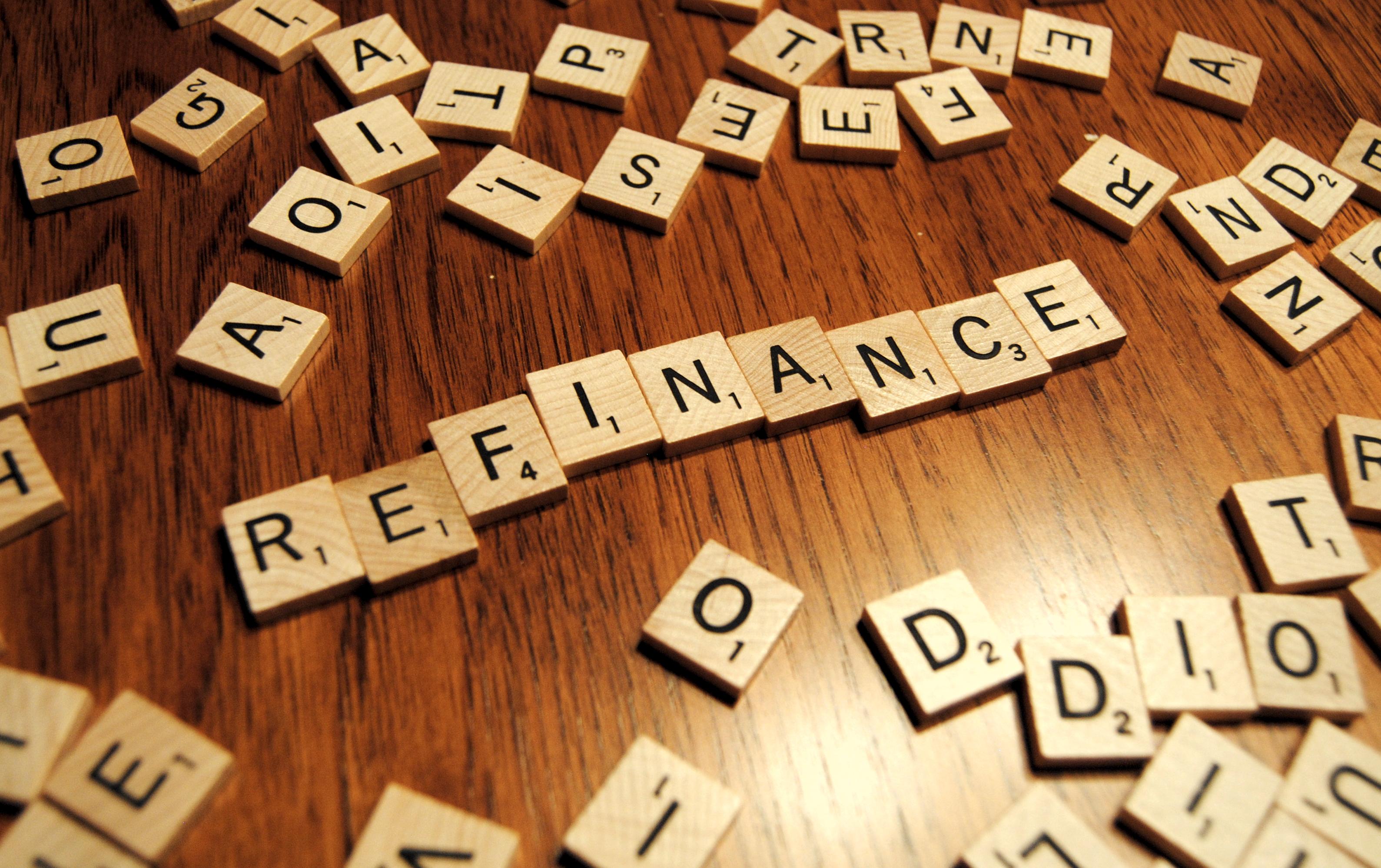
Mortgage Refinancing: What To Expect
As mortgage rates continue to hold steady at near-historic lows, many homeowners are considering a refinance. This means applying for a new loan with better terms, which will typically allow for lower monthly payments, a faster pay-off, or both. If you’ve never refinanced, the process can seem a bit mysterious. Read on to learn what to expect from a refinancing process.
When you meet with your lender, you’ll want to ask about any upfront fees. Most refinances come at a cost of several thousand dollars, so you’ll want to ensure that your refinanced monthly payment savings will offset that cost. Your lender should be able to provide you with a cost-benefit analysis that takes into account the time remaining on your current loan, the size of your loan and the mortgage rate you qualify for. If the numbers don’t work in your favor, it’s probably not the right time to refinance.
Just as with your original home loan, a refinance requires a mortgage application. Your lender will discuss the loan options with you, and once you choose you’ll be required to provide financial documentation. This will likely include bank statements and pay stubs.
Once you’ve applied, the lender will begin the mortgage underwriting process. Your financials will be evaluated as the lender determines whether to assume the risk of your new loan. When you’ve been approved, the closing process will begin. Similar to your original home purchase, this refinance closing process will ensure your new loan is applied to pay off the old one, and your new loan will become active. At this point, your monthly payments will now be applied to the new loan.
Just as with any loan application process, it’s important to understand the terms of the contract you are signing. Be sure to share any questions or concerns with your lender before closing on the new loan.
Image via Flickr/gotcredit
